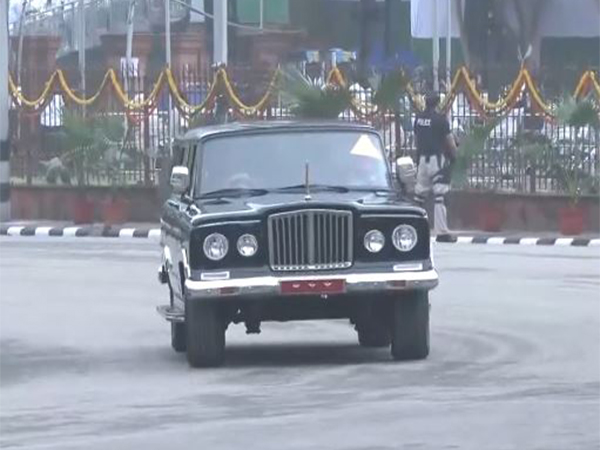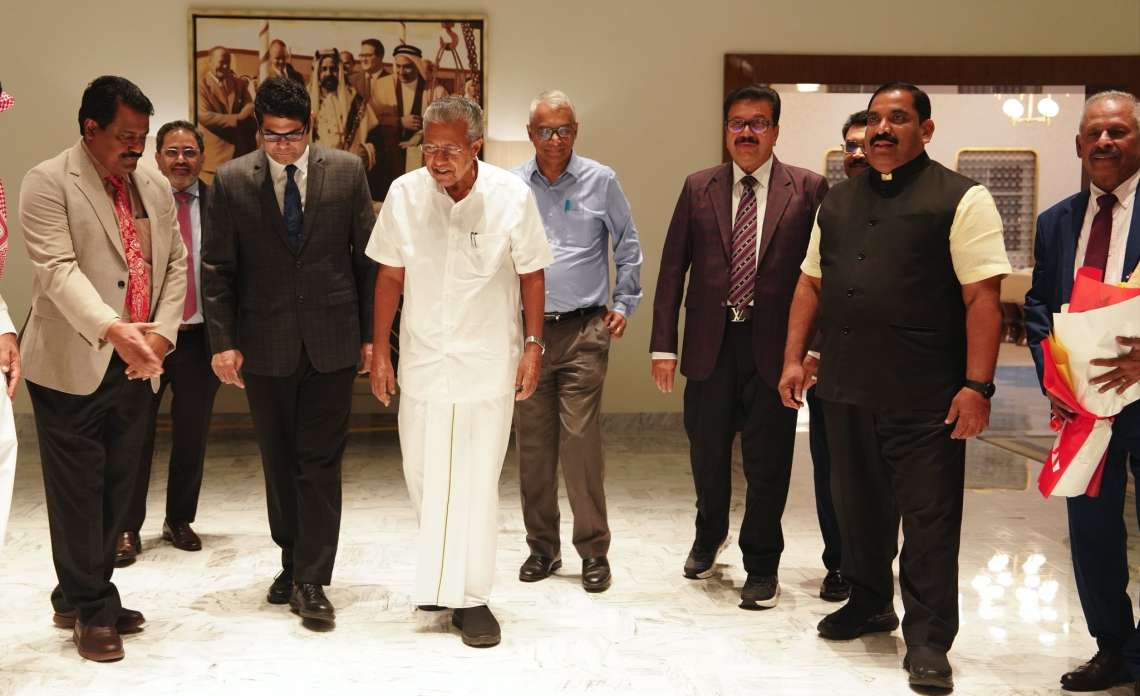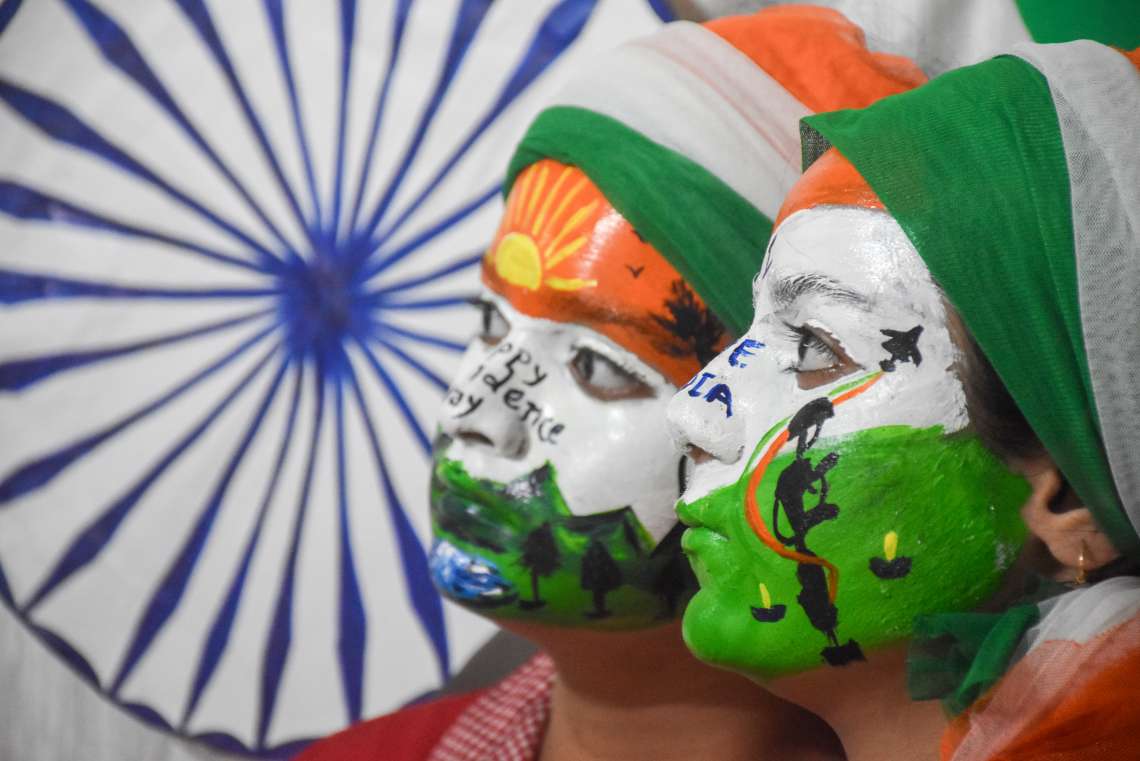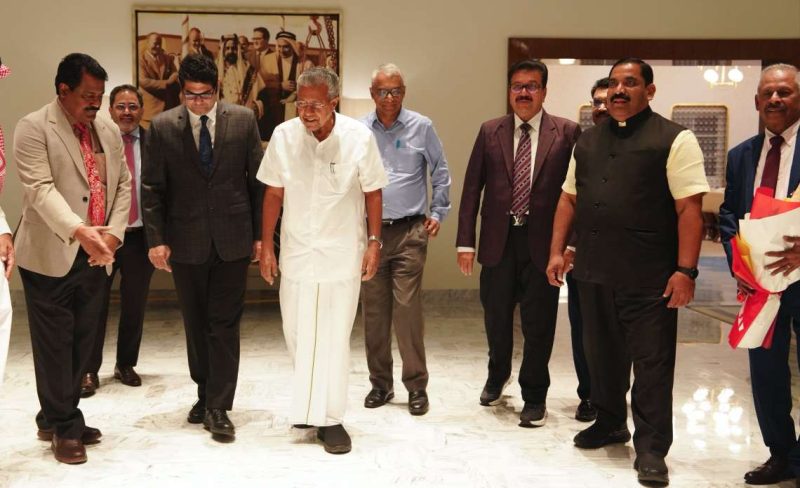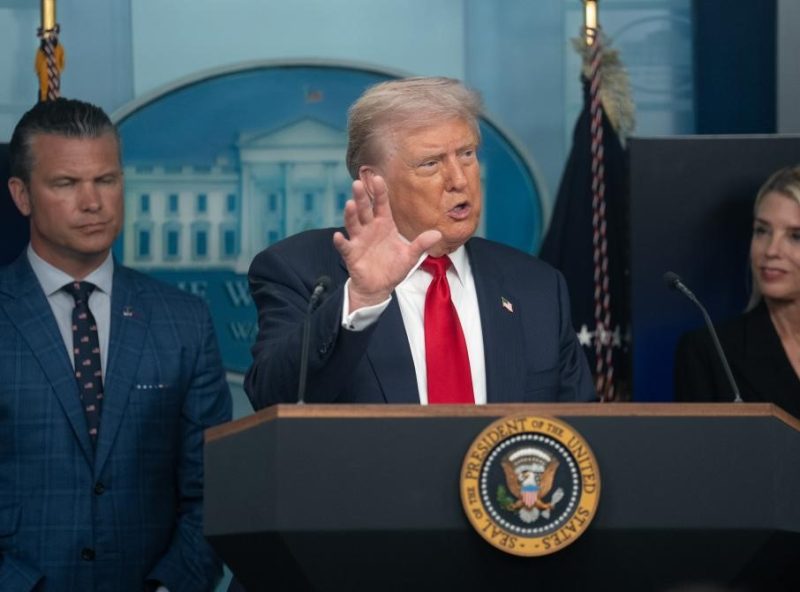A royal gift from Bhutan’s king in 1965, the Jeep Wagoneer still leads Delhi’s Independence Day parade, blending vintage charm, military tradition, and enduring diplomatic history.
As the Red Fort resonated with patriotic fervour on India’s 79th Independence Day, much of the attention was naturally on the Guard of Honour, the Prime Minister’s address, and the fluttering tricolour against the August sky. Yet, among the ceremonial precision and military discipline, a quiet star of history and engineering rolled into view — the classic Jeep Wagoneer, carrying the General Officer Commanding (GOC) of the Delhi Area to the day’s central event.
This vintage vehicle, polished to perfection, is far more than a collector’s delight. It is a symbol of enduring diplomacy, ceremonial tradition, and engineering resilience — a living link between India’s past and present.
A gift from a King
The story of this Wagoneer begins in 1965, when it was presented as a royal gift from the King of Bhutan to then-President of India, Dr Sarvepalli Radhakrishnan. At the time, the gesture was emblematic of the close and warm ties between the two Himalayan neighbours, reflecting mutual respect and shared history. For years, the vehicle was a prized possession of the Indian state, a tangible reminder of a diplomatic relationship built on trust and friendship.
From state car to Army pride
In 2000, the Wagoneer was officially transferred to the Indian Army and became part of the Headquarters Delhi Area’s ceremonial fleet. Since then, it has played a starring role in Independence Day proceedings, ferrying the GOC from headquarters to the Red Fort. Currently, that honour falls to Lieutenant General Bhavnish Kumar, who leads the ceremonial movement in this historic vehicle.
First produced by Jeep from 1962 to 1991, the Wagoneer was decades ahead of its time. Marketed initially as a “station wagon,” it helped shape the concept of what would later be known as the Sports Utility Vehicle (SUV). In fact, when Jeep launched the 1974 Cherokee, it was the first time the term “SUV” appeared officially in the automotive lexicon — a category the Wagoneer had already pioneered.
Remarkably, the original model remained in production for 29 years without a major body redesign, making it the third longest-produced single-generation SUV in American automotive history. Its enduring appeal lay in its combination of rugged off-road capability and refined comfort — a blend that would influence generations of SUVs.
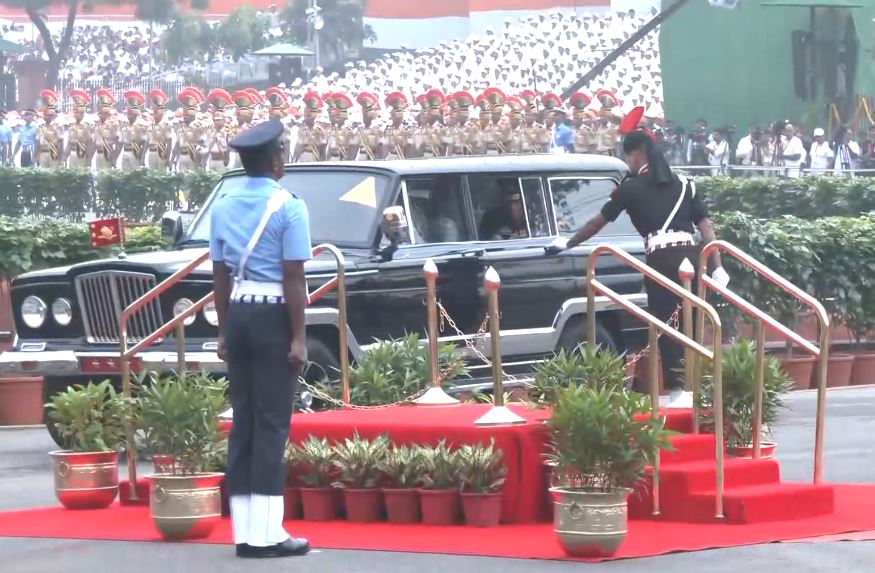
Restored for the present
Though long out of commercial production, the Indian Army’s Wagoneer has been carefully restored and upgraded to remain roadworthy while retaining its vintage charm. Beneath its classic exterior now beats a modern heart — a Ford Endeavour 2500CC engine that ensures reliability for ceremonial duties. This sensitive modernisation allows the vehicle to continue performing in an era of advanced mobility technology, without compromising its historical integrity.
A rolling tradition
Every Independence Day, the Wagoneer is part of a ritual that merges military precision with historic continuity. As the GOC’s vehicle, it leads the ceremonial movement from Army Headquarters to the Red Fort, a journey that symbolises both discipline and dignity. For spectators, it is a striking reminder that while uniforms, technology, and even political eras may change, traditions endure.
In an age when automotive design evolves rapidly and vehicles are often seen as disposable, the Wagoneer’s continued presence is a testament to preservation, respect, and meaning. It is not merely a mode of transport — it is a rolling archive of India’s ceremonial history, a silent witness to decades of Independence Day celebrations, and a bridge between two friendly nations.
As the tricolour soared above the Red Fort this year and the Prime Minister addressed the nation, the Wagoneer quietly fulfilled its role once again. It may not draw the same headlines as the day’s political speeches, but its journey each year is steeped in symbolism: a reminder that some legacies do not fade with time — they keep moving forward, one ceremonial drive at a time.


